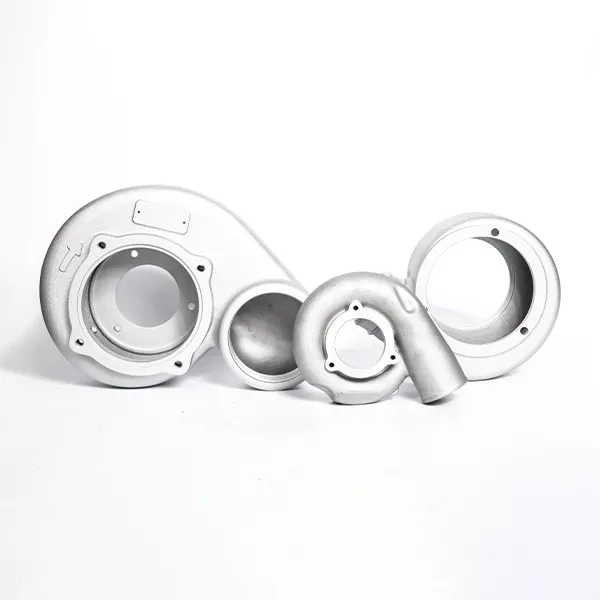Mobile:+86-311-808-126-83
Email:info@ydcastings.com
Understanding Connections for Cast Iron Pipes in Plumbing Systems
Understanding Cast Iron Pipe Connections
Cast iron has long been a staple material in plumbing systems, valued for its durability, strength, and ability to resist corrosion. One of the key aspects of working with cast iron piping is understanding how to effectively connect these pipes. Proper connections are crucial for maintaining the integrity of a plumbing system and ensuring long-lasting performance.
Cast iron pipes are typically used in drainage, waste, and vent (DWV) systems, and they often come in various sizes and shapes. The most common form of connection for cast iron pipes is the hub and spigot joint. In this type of connection, one pipe has a bell-shaped hub at one end, which fits snugly over the spigot end of another pipe. This arrangement allows for secure and leak-resistant connections, provided they are installed correctly.
To create a watertight seal in hub and spigot joints, manufacturers often recommend the use of a rope or gasket made from materials like rubber or a similar sealing compound. The sealing material is placed in the hub before the spigot end of the pipe is inserted. It is essential to ensure that the connection is properly aligned and that the sealing material is evenly distributed to avoid leaks.
In addition to hub and spigot connections, cast iron pipes can also be joined using mechanical couplings. These couplings are advantageous for repairs and installations that require flexibility. These commercial products often use rubber gaskets to create a tight seal between two pieces of pipe, and they can accommodate slight misalignments, making them ideal for situations where precise alignments are challenging.
cast iron pipe connections

Another method of connecting cast iron pipes is through welding, although this approach isn't as common in traditional plumbing applications. Welding can be beneficial in specific industrial settings where additional strength is required. However, it requires skilled labor and specialized equipment, making it less practical for standard plumbing jobs.
When working with cast iron pipe connections, it’s essential to adhere to industry standards and local building codes. Proper installation techniques not only enhance the lifespan of the system but also prevent issues such as leaks or pipe failure. Regular inspections and maintenance are crucial to ensure that connections remain secure over the years, especially in older systems.
Cutting and joining cast iron pipes can be labor-intensive, owing to the material's weight and density. It is advisable to use appropriate tools, such as a pipe cutter or reciprocating saw, that are designed for cast iron. Safety precautions, such as wearing gloves and eye protection, should always be observed to mitigate the risks associated with working with heavy materials.
In conclusion, understanding cast iron pipe connections is essential for anyone involved in plumbing installations or repairs. Whether using traditional hub and spigot joints, mechanical couplings, or rare welding methods, the focus should always be on creating secure, leak-resistant connections that ensure the integrity of the plumbing system. With the proper techniques and materials, cast iron piping can provide decades of reliable service.
-
Why Should You Invest in Superior Pump Castings for Your Equipment?NewsJun.09,2025
-
Unlock Performance Potential with Stainless Impellers and Aluminum End CapsNewsJun.09,2025
-
Revolutionize Your Machinery with Superior Cast Iron and Aluminum ComponentsNewsJun.09,2025
-
Revolutionize Fluid Dynamics with Premium Pump ComponentsNewsJun.09,2025
-
Optimizing Industrial Systems with Essential Valve ComponentsNewsJun.09,2025
-
Elevate Grid Efficiency with High-Precision Power CastingsNewsJun.09,2025











